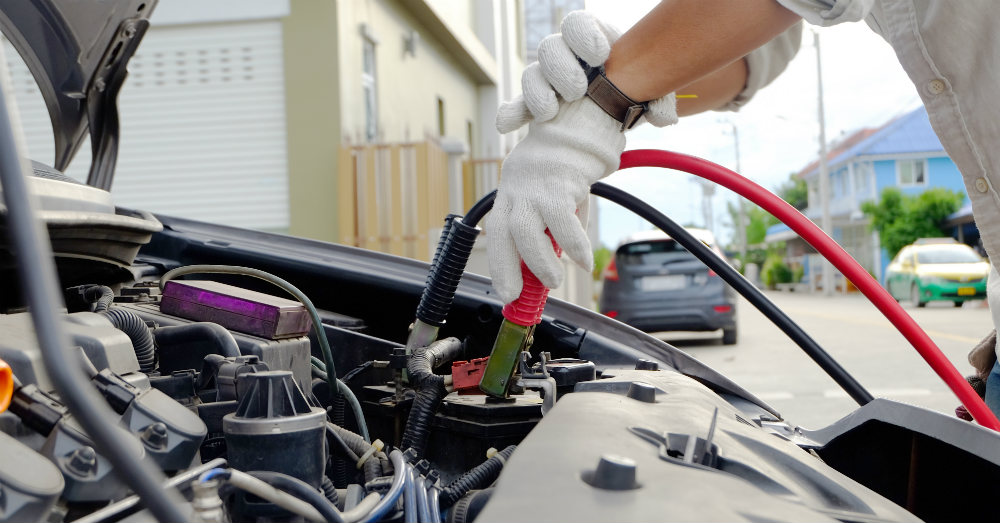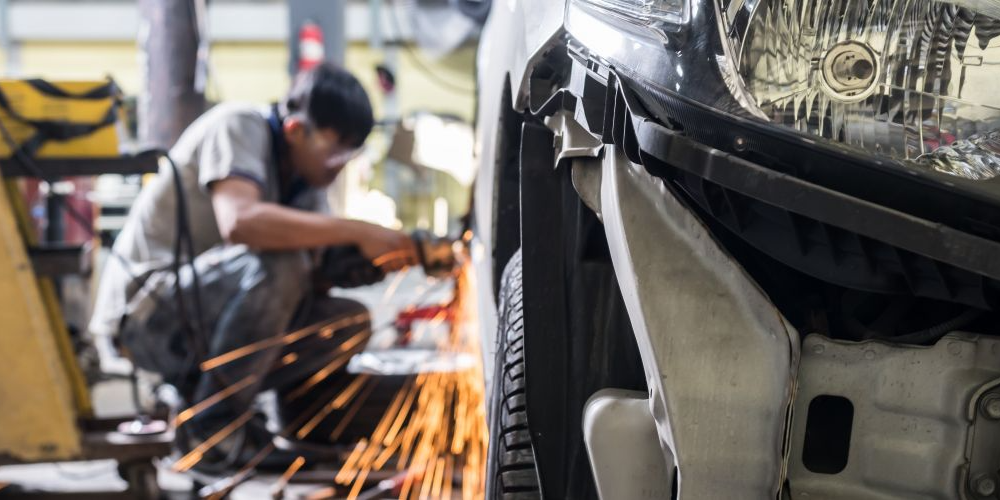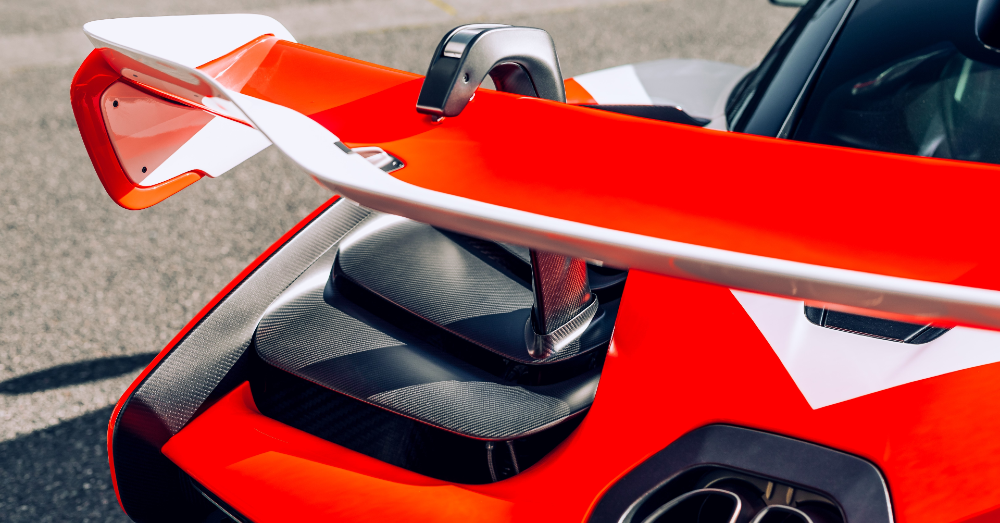When you head out to your vehicle every day, you expect it to start up right away and take you down the road to where you want to go. If you’ve accidentally left the lights on, or your kids turned on some of the electric items when the vehicle wasn’t running, the battery can become depleted and all you’ll hear is a click, click, click of the starter that can’t receive a charge. Your battery doesn’t do a lot in your vehicle once its running, but it does need to have a charge to get your car started.
It’s time for a Jump
If you’re not sure how to jump start your vehicle, it’s time to learn (preferably before the above situation takes place) so that you know what to do when the batter you is dead. Here’s what you need to do and what you need to get the job done:
Jumper Cables are Needed
Any pair of cables is better than not having ones that are the right size, but when you’re shopping for the cables you may need to use, choose ones that are longer and thicker to make sure you have a set that can easily handle the job. You never know how far away the vehicle that’s providing the jump will be from the one that needs it, and thicker cables can transfer the electricity more easily. This may be an item you don’t use very often, but you’ll be glad you bought a good set of cables when it’s time to be on the receiving end.
Time to Connect
When you handle the cables, you need to keep the red and black clamps away from each other. Connect the clamps to the battery that needs the jump first and make sure the right clamp (either positive or negative) is attached to the correct post on the battery. You want to have a clean connection, so brush way the dirt and gunk from the post area before you clamp. Once you’ve put the clamps on the dead battery, connect the other ends to the live battery carefully.
Start the Vehicle
The vehicle that has the good battery should now be started with all clamps and cables in place. Once the vehicle with the good battery is started and running, you can try to start the one that has the dead battery. It should start fairly quickly unless the battery needs to be replaced or there are other issues with the engine such as a bad starter or worn out alternator. In most cases, the car will start up and you can let the battery recharge for a few minutes. Remove the clamps and cables carefully and store them away for the next time you need them.
Another Option
If you don’t want to rely on another person to be available to help you jump start your vehicle, you need to carry a portable power pack with you that has been fully charged to give you the charge you need
when the battery is dead. You’ll need to make sure the pack stays charged, but this could be a great option.
This post may contain affiliate links. Meaning a commission is given should you decide to make a purchase through these links, at no cost to you. All products shown are researched and tested to give an accurate review for you.




